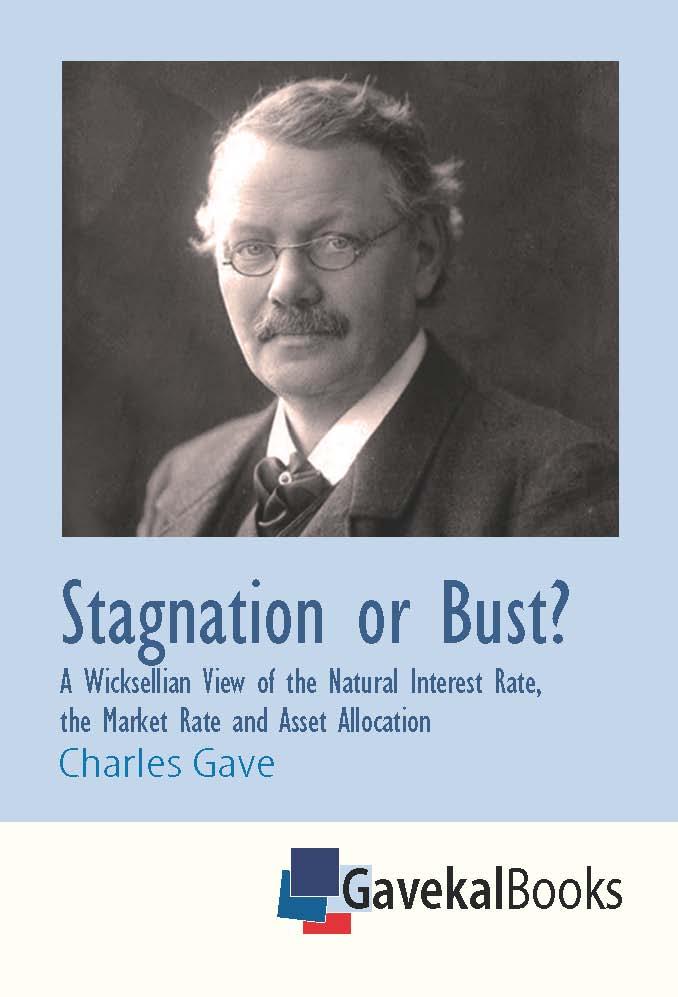Knut Wicksell was a late nineteenth century Swedish economist who late in his career elucidated some wonderfully simple insights about the basic rates of interest that impact entrepreneurs, savers and borrowers in a market-based economy. His framework effectively undresses any economic cycle to its bare essentials. Given the distortions in monetary policy in the US, Europe and Japan since the acute phase of the 2008 financial crisis, Wicksell's insights are relevant for those seeking to understand how this economic cycle ends and the investment consequences which flow from the denouement.
For Wicksell, the "natural rate of interest" was the rate that causes savings and investment to broadly balance. It corresponds over the long term to an "equilibrium level", like the purchasing power parity exchange rate between two currencies. His other key measure was the "market rate of interest" which corresponds to companies' long term borrowing cost.
As Wicksell saw it, economic cycles tend to be driven by the spread between these two fundamental rates of interest. When the market rate is too low compared to the natural rate, the cost of capital is too cheap. The result will be capital misallocation, leading eventually to a decline in the economy's structural growth rate. In contrast, when the market rate is too high compared with the natural rate, capital is too expensive and an economy cannot grow. The result will be a bust, especially if overall indebtedness has risen sharply.
From this basic conceptual insight, Charles has spent recent years developing his own "Wicksellian" framework into a practical asset allocation tool that allows recession markers to be identified along with key thresholds that indicate when investors should be in, or out of risk assets.
